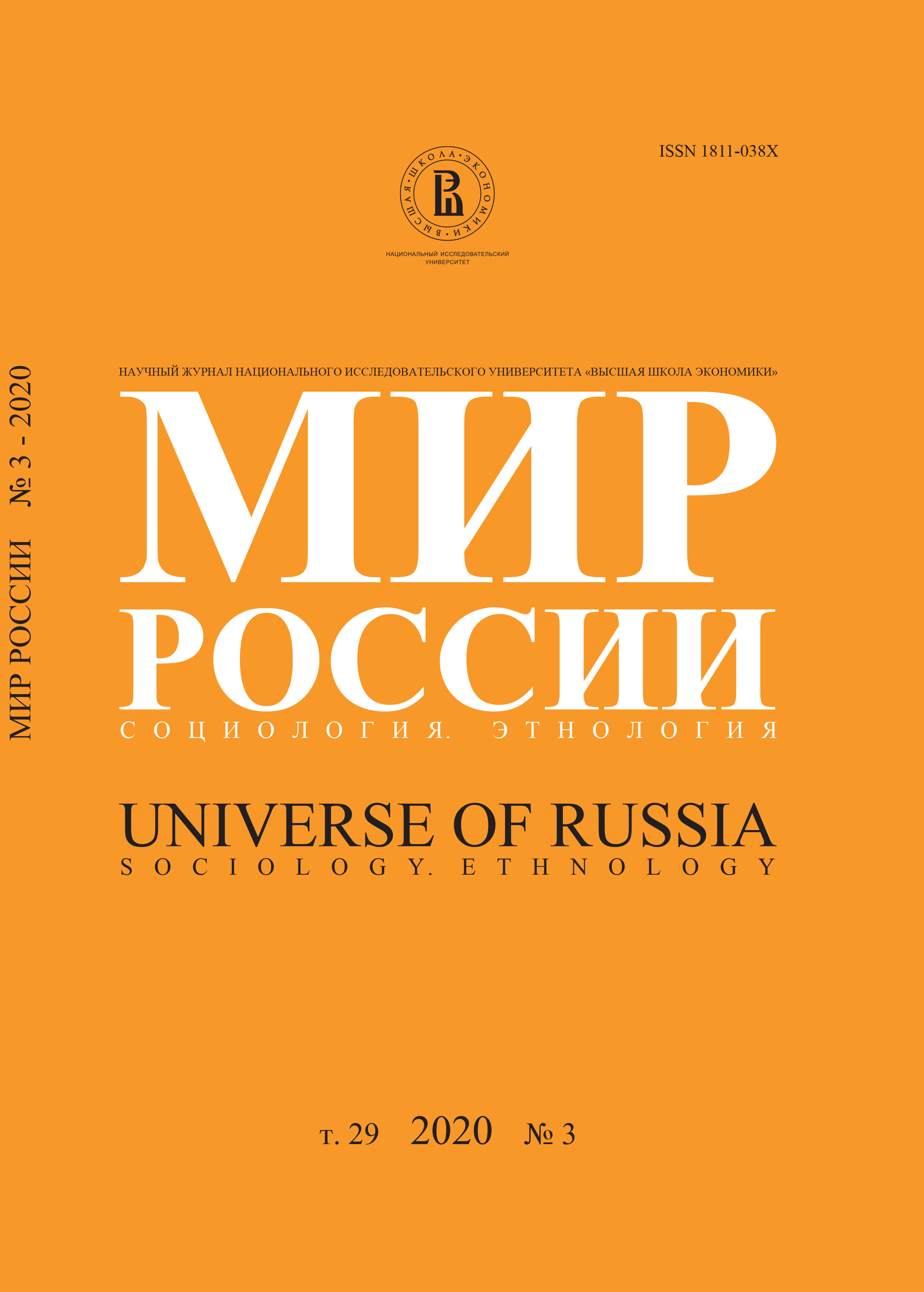Planning Strategies in the Context of Urban Shrinkage in Russia: Evidence from Small and Medium-sized Cities
Abstract
Citation: Gunko M., Eremenko Yu., Batunova E. (2020) Planning Strategies in the Context of Urban Shrinkage in Russia: Evidence from Small and Medium-sized Cities. Mir Rossii,
vol. 29, no 3, pp. 121–141 (in Russian). DOI: 10.17323/1811-038X-2020-29-3-121-141
In the last decades of the 20th century, urban shrinkage has become an evident process in many countries with significant, long-term, and stable depopulation as its main feature.
In the post-Soviet Russia, cities with a population less than 100,000 people (small and medium-sized cities – SMSC) are the most depopulating ones. In 182 of them, population loss since 1989 accounts for 25% and over. The new demographic reality, which alters the cityscape and infrastructure requirements, calls for a rethinking of urban planning. The current research is aimed at the analysis of projected spatial development in SMSC under conditions of significant depopulation to highlight the utilized strategies of longterm urban planning. Attention is also payed to how the choice of strategies may be shaped by the main actors and their coalitions. The empirical data were obtained through the analysis of 132 general plans and semi-structured interviews with the representatives of administrations, business, and the local communities in two cities – Vorkuta (Komi Republic) and Apatity (Murmansk oblast). The results of general plans’ analysis indicate that urban shrinkage with rare exceptions is ignored as a current and future reality. The key topic of urban planning lies in the creation of conditions for maximizing profits from the use of real estate and land. Vorkuta turned out to be the only city among those analyzed where adaptation strategy is in use. There are several actors interested in such planning strategy with a formation of a coalition aimed at costs reduction. Apatity, on the contrary, is a typical case of planning for growth under conditions of shrinkage due to the lack of interested actors, as well as a deep misunderstanding of shrinkage’s complexity and consequences.






